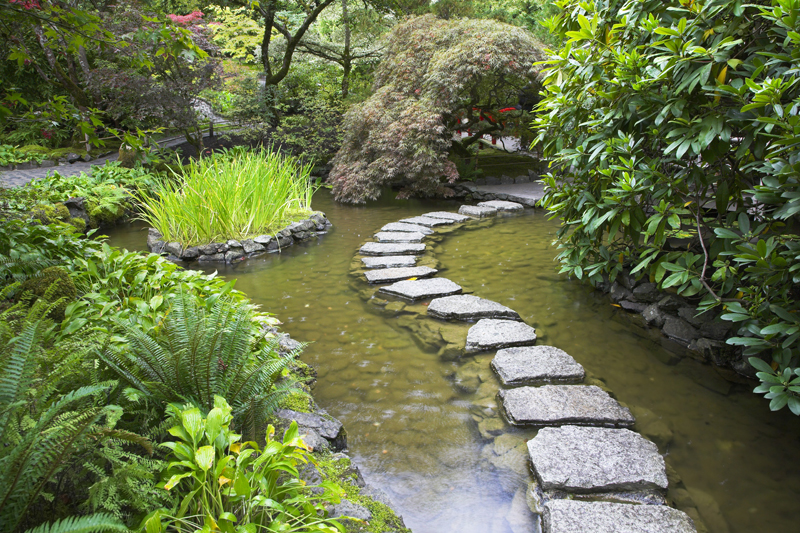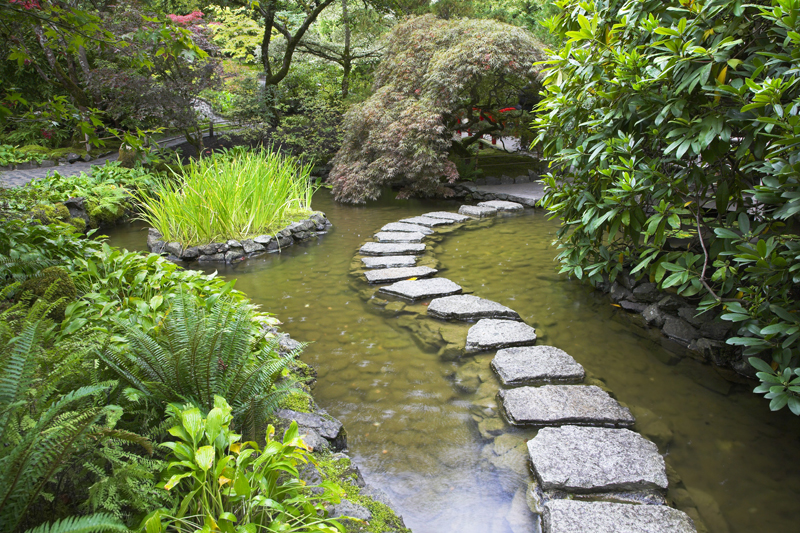Spring Starflower

Spring starflower is a native to some parts of the New World, including Argentina, Uruguay, and some other regions of South America. It is a member of the Amaryllis family.
This plant has been assigned various Latin names over the years. Presently, it is known as Ipheion uniflorum. These include Brodiaea uniflora and Trisitagma uniflorus as well as Triteleia uniflora.
I would consider it to be an heirloom plant because it was grown in America during Colonial times.
This plant is an excellent choice for pots and is an especially good plant for pollinator gardens. Gardeners will appreciate the fact that spring starflower is pest resistant. It is ignored by deer and rodents. Spring starflower naturalizes very well. The species is recommended for zones six through ten.
Spring starflower is an ideal bulb for forcing. After you enjoy the flowers indoors, you can just set the container outside.
This clump forming plant is three to eight inches in height. The grass-like foliage emerges in the fall and winter. The narrow, greenish-blue leaves release an onion-like scent when a leaf is crushed.
The solitary, funnel-like, solitary blooms have a very light fragrance. The star-like flowers contain six petals. This species can bloom for weeks any time from late winter to early spring, typically in April. The flower color can vary according to the variety.
The possible colors can include pink, white, deep blue or soft blue. These are often white with tinges of blue. They are 1 ½ inches across and an inch in length.
These flowers can be single or can form clusters. Once blooming is over, the plant goes dormant.
Growing Starflower
Gardeners will love the fact that starflowers are easy to grow. These are frost hardy plants. They favor protected locations. A well drained soil is preferred. In cold climates, these are tolerant of full sun. However, in warm climates, some shade is best.
Spring starflower spreads by offsets. The best time for planting this species is from late summer to early fall. Allow up to six inches between bubs. Plant these at a depth of three inches.
This plant has been assigned various Latin names over the years. Presently, it is known as Ipheion uniflorum. These include Brodiaea uniflora and Trisitagma uniflorus as well as Triteleia uniflora.
I would consider it to be an heirloom plant because it was grown in America during Colonial times.
This plant is an excellent choice for pots and is an especially good plant for pollinator gardens. Gardeners will appreciate the fact that spring starflower is pest resistant. It is ignored by deer and rodents. Spring starflower naturalizes very well. The species is recommended for zones six through ten.
Spring starflower is an ideal bulb for forcing. After you enjoy the flowers indoors, you can just set the container outside.
This clump forming plant is three to eight inches in height. The grass-like foliage emerges in the fall and winter. The narrow, greenish-blue leaves release an onion-like scent when a leaf is crushed.
The solitary, funnel-like, solitary blooms have a very light fragrance. The star-like flowers contain six petals. This species can bloom for weeks any time from late winter to early spring, typically in April. The flower color can vary according to the variety.
The possible colors can include pink, white, deep blue or soft blue. These are often white with tinges of blue. They are 1 ½ inches across and an inch in length.
These flowers can be single or can form clusters. Once blooming is over, the plant goes dormant.
Growing Starflower
Gardeners will love the fact that starflowers are easy to grow. These are frost hardy plants. They favor protected locations. A well drained soil is preferred. In cold climates, these are tolerant of full sun. However, in warm climates, some shade is best.
Spring starflower spreads by offsets. The best time for planting this species is from late summer to early fall. Allow up to six inches between bubs. Plant these at a depth of three inches.

Related Articles
Editor's Picks Articles
Top Ten Articles
Previous Features
Site Map
Content copyright © 2023 by Connie Krochmal. All rights reserved.
This content was written by Connie Krochmal. If you wish to use this content in any manner, you need written permission. Contact Connie Krochmal for details.



